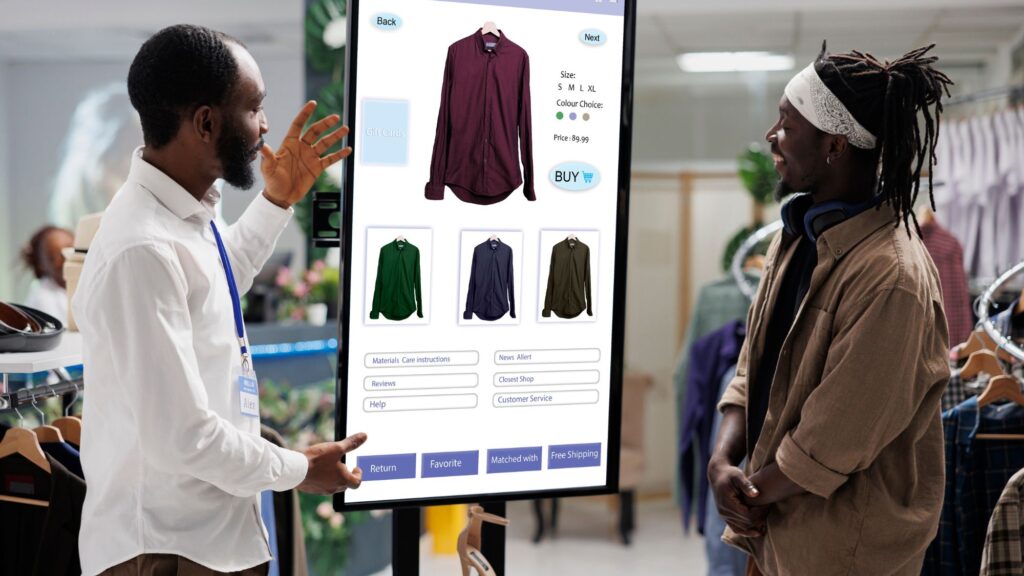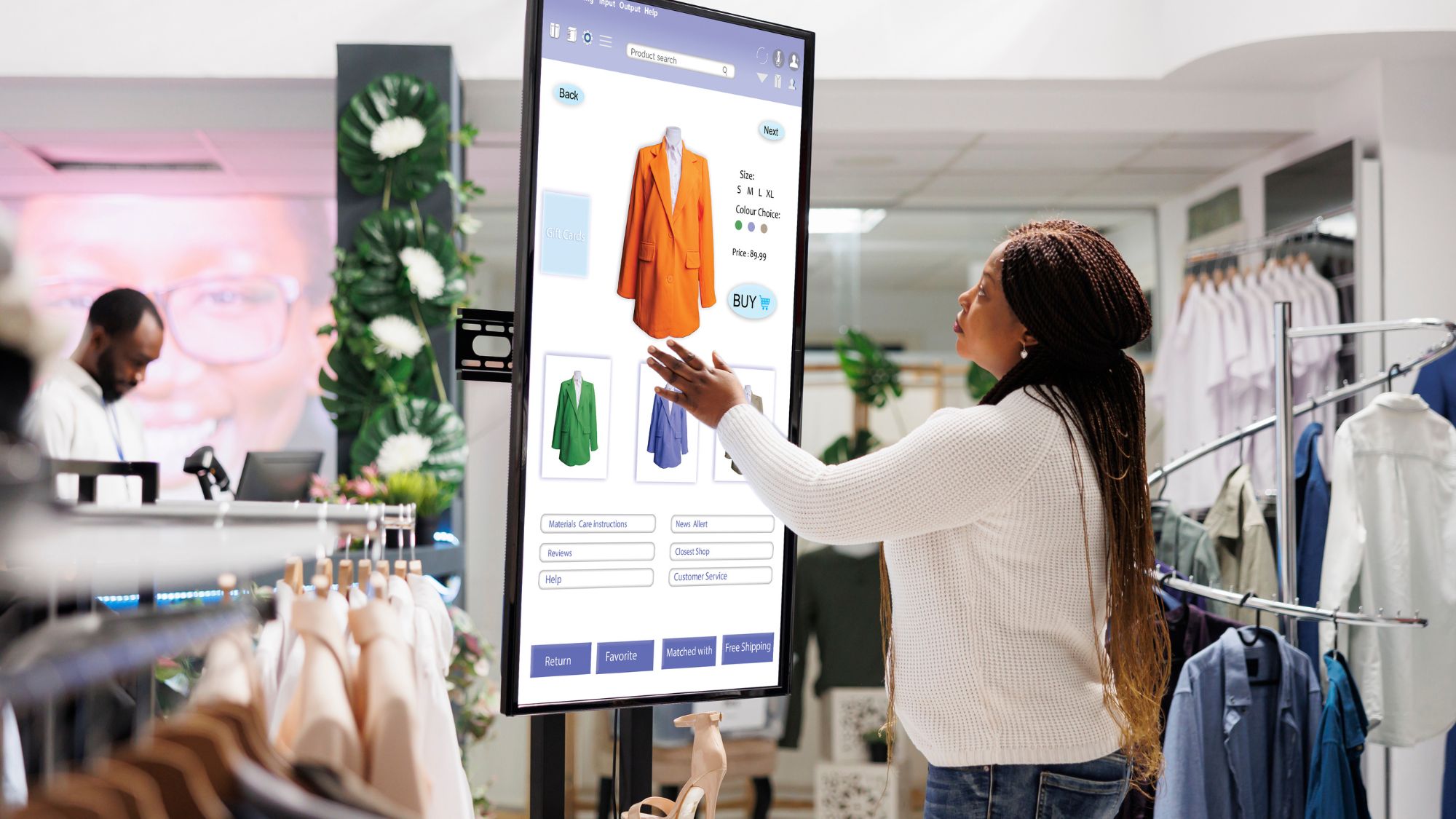How Can Digital Signage Boost Customer Engagement?
Introduction:
Customer engagement has become one of the most important things that affect a brand’s performance. Customers that are engaged are more likely to become loyal to a brand, recommend it to others, and ultimately make money for the company. Digital signage is replacing billboards and ads as the most prevalent way to contact people. Digital signage UK—LED, LCD, or projection screens with digital content—is increasingly part of many industries’ client experiences. Here we will discuss how digital signage can boost customer engagement.
Enhancing Interactivity and Personalisation:
One of the best things about digital signage is that it can provide people with engaging and personalised experiences. Touchscreen kiosks, QR code integrations, and sensor-based technologies may turn those who are just watching into people who are doing something.
Interactive displays in retailers may help customers check stock, view product information, and adjust product appearance before buying. Digital kiosks allow hotel guests to book services, learn about facilities, and obtain tailored recommendations. Two-way communication provides clients more control over their travel, making it more exciting and gratifying.
Strengthening Brand Storytelling:
Digital signage is a great way to communicate stories, which is an important part of any brand’s engagement strategy. Businesses may tell their stories in a more interesting way by using video, animation, and dynamic images instead of brochures full of text or vocal pitches. For instance, a fashion company may show customers how a product goes from design to the runway.
This gives them a look at the workmanship and ideals that go into making the brand. A doctor or nurse could employ digital signage to show patient reviews, community outreach, or medical technology that is used behind the scenes. Digital signs that include both visual and emotional components help businesses connect with customers. This builds trust and emotional loyalty.
Encouraging Social Media Integration and User-Generated Content:
Digital signage also connects the real world with the digital world by bringing together material from social media. Showing customer postings, hashtags, reviews, or live social feeds allows people to interact with one other in real time and makes them feel like they are part of a community.
For example, a shop may show off Instagram photographs of users using its items to get other people to post their own experiences online. This kind of content made by users is social proof and may be far more convincing than regular ads. Also, getting customers to communicate with the company on social media and seeing their content in-store makes them feel more connected to the business and like they belong.
Measuring Engagement Through Data and Analytics:
Because these displays are digital, they can be tracked and analysed very accurately, which is not possible with traditional signs. Sensors, cameras, and interactive modules may help businesses understand client response, engagement, and content effectiveness. This data-driven approach lets you improve your language and strategy to keep your digital signage in line with client needs and corporate goals.
For instance, if analytics show that a certain advertising video brings more people to a given region, companies might copy or change that video to get the most out of it. This feedback loop is quite helpful for improving ways to connect with customers and giving them more personalised, relevant experiences over time.
Driving Impulse Decisions and Increasing Sales:
Digital signage is a great way to change how people act while they are making a choice. Businesses may get people to buy things on impulse or upsell by putting limited-time specials, product comparisons, or loyalty program perks near checkout lines or other busy locations. For instance, a restaurant may broadcast a delectable video of a dessert just as guests are about to purchase, which would make it more likely that they will add it to their order.
When done in a smart and planned way, these nudges may make shopping better without being pushy or exploitative. This capacity to immediately alter buying decisions not only increases revenue, but it also strengthens the idea that the brand is responsive and interesting.

Conclusion:
In a competitive and media-rich world, digital signage is a versatile and effective approach to engage customers. Modern companies need it to capture attention, disseminate timely and relevant content, drive connection, and support experiences across all mediums.
Digital signage’s visual appeal, personalisation, data integration, and social connection may help companies strengthen customer relationships, boost customer satisfaction, and achieve long-term success. Digital signage will become more important in consumer engagement as technology improves. Businesses will have more inventive ways to approach customers.

